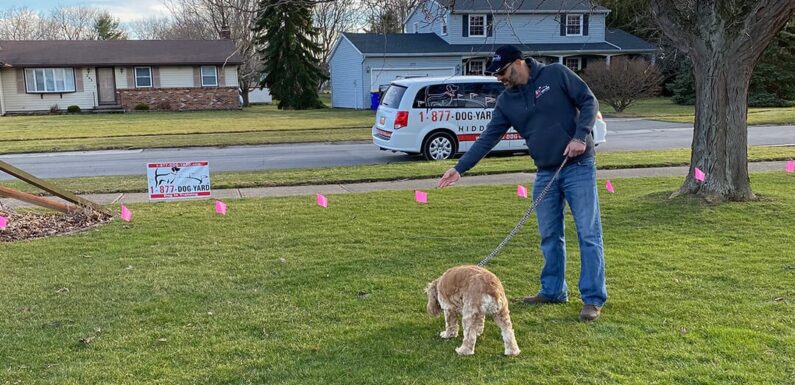
Hidden pet fences, also known as invisible or underground fences, offer pet owners a convenient and effective solution for containment without the need for traditional physical barriers. However, like any installation process, setting up a hidden pet fence comes with its own set of challenges. Here, we explore some common problems encountered during invisible dog fence installation and provide insights on how to address them.
Inaccurate Boundary Mapping
One of the most common issues during hidden pet fence installation is inaccurate boundary mapping. This occurs when the buried wire, which defines the perimeter of the containment area, is not placed correctly. As a result, pets may receive inconsistent signals or stray beyond the intended boundaries.
Solution: To reduce this problem, it’s crucial to work with a reputable wireless pet fence installer who has experience in accurately mapping out the containment area. Additionally, thorough planning and proper measurement of the property can help ensure precise placement of the buried wire.
Interference and Signal Disruption
Interference from external factors such as metal objects, underground utilities, or electronic devices can disrupt the signal transmitted by the hidden pet fence system. This interference may lead to signal inconsistencies or false activations, compromising the containment system’s effectiveness.
Solution: Identifying potential sources of interference during the planning phase of invisible dog fence installation is essential. A knowledgeable installer can assess the property for possible obstacles and make necessary adjustments to minimise signal disruption. Additionally, using quality components and following manufacturer guidelines can help mitigate interference issues.
Inadequate Training and Adjustment
Even with a properly installed hidden pet fence, inadequate training and adjustment can lead to challenges in effectively containing pets within the designated boundaries. Pets may fail to understand the warning signals or become desensitised to the static correction, resulting in boundary breaches.
Solution: Comprehensive training is key to ensuring the success of a hidden pet fence system. Pet owners should invest time in acclimating their pets to the boundaries through positive reinforcement and consistent training sessions. Additionally, regular collar adjustments and reinforcement of training protocols can help address any behavioural issues that arise.
While installing a hidden pet fence offers numerous benefits for pet containment, it’s essential to be aware of the potential challenges that may arise during the installation process. By working with experienced wireless pet fence installers and addressing common problems proactively, pet owners can ensure the successful implementation of an invisible dog fence installation and provide their furry companions with a safe and secure environment.


